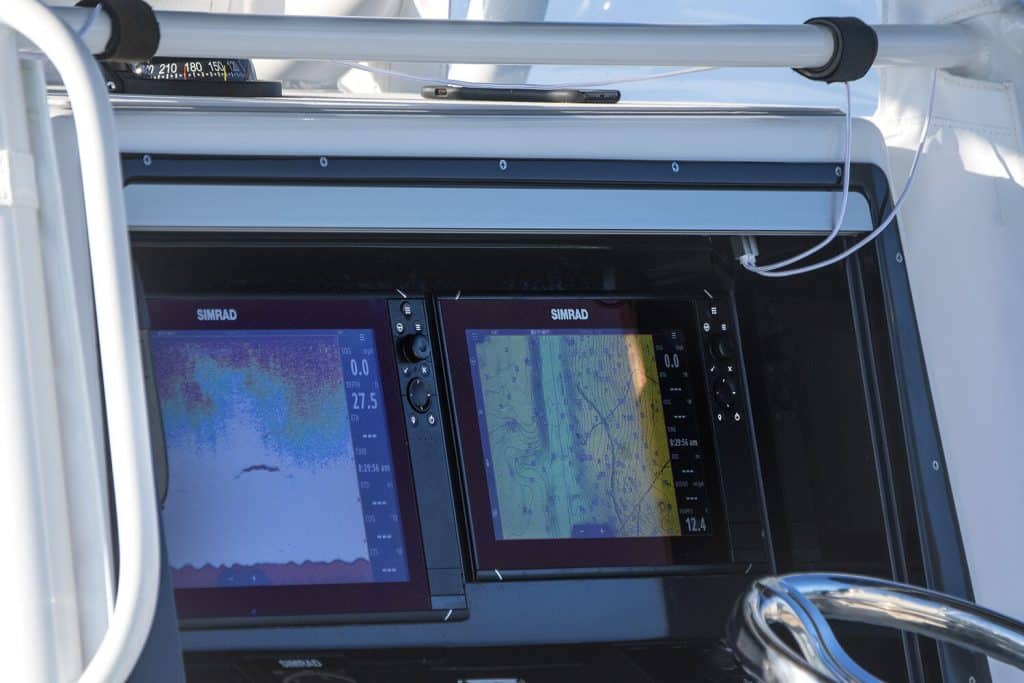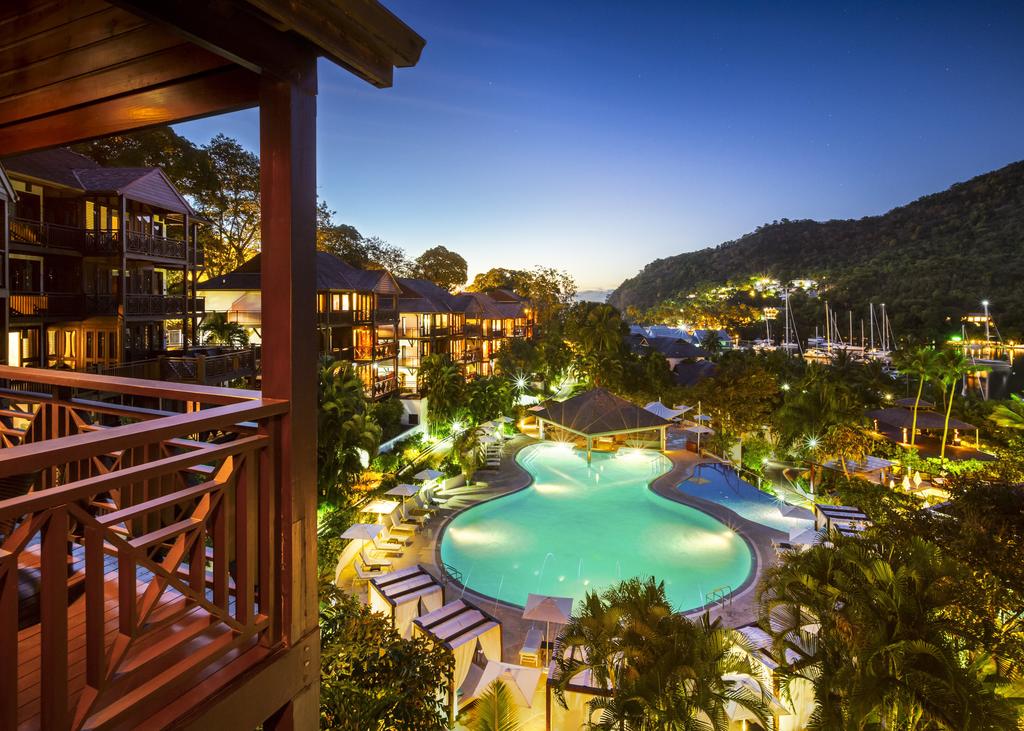Wash It Down
Plan out the necessary steps before installing a deck wash down system.
By Frank Lanier, Southern Boating June 2020
There are basically two types of boat owners: those who enjoy the benefits of having a deck wash down system and the “haters” who wish they did. Everything from fish blood to the evidence that no seasick remedy is foolproof is easier to remove on demand rather than back at the dock when dried to a concrete-like consistency. Installation of a wash down system is within the ability of most DIYers, so, as a shout-out to the haters, here’s how to make it happen.
Water Supply Options
Before grabbing the drill or hole saw, begin by planning out the entire installation (hose runs, pump location, power supply, etc.). One of the first decisions to make is determining the wash down system’s water source. Most are plumbed as a raw-water system, meaning it utilizes the water in which your boat is floating. For boats used in saltwater, this means you’ll still have to deal with the salty residue left behind once back at the dock, but a salty boat is better than a nasty one any day.
Raw-water systems require either a dedicated thru-hull and seacock or connection to an existing system, typically by installing a “T” fitting in the system’s hose. Tapping into an existing system is a common choice as most owners are hesitant to drill holes in their boat. This option also has the benefit of allowing you to complete the installation with the boat in the water by simply shutting off the seacock.
However, use caution when selecting which system you tap into. Some (like engine raw- water intakes) are not suitable choices as doing so could negatively impact the volume of water available to the primary system.
Choosing a Pump
Pump selection and adequate water flow are the most crucial aspects of any wash down system. Nothing is more frustrating than trying to power off anchor chain mud with a wimpy stream of water. The trick is finding a moderately priced pump that not only provides sufficient pressure with minimal power draw but can also stand up to the marine environment.
Output pressure for a typical deck wash down pump ranges from three to 12 gallons per minute with prices of $100 or less to more than $1,000. Buying a deck wash down package (a kit that includes pump, deck fitting, deck hose, etc.) will often save money. Something else to consider when shopping around is the pump’s warranty, which can vary from one to three years (a longer warranty period being better).
Installation Considerations
When selecting a location for your wash down pump, choose an accessible area well above the normal accumulation of bilge water. The pump should be located between the water supply and planned deck outlet, ideally as close as possible to its power source (to simplify wire runs).
As pumps are more efficient at pushing water than pulling, the spot should also be as close as possible to the supply thru-hull.
Be sure the pump installation itself is in accordance with the manufacturer’s instructions and that it includes an intake strainer between the pump and water intake (to prevent pump damage due to debris).
Pumps vary in their ability to self-prime or lift water vertically in order to start pumping. Some are rated at 8 or 9 feet, while others may only be able to overcome 2 feet of “head” when pumping. Make sure the location you’ve chosen doesn’t exceed the pump’s self-priming ability.
When planning your installation, you’ll also need to determine where to position the deck outlet. Most boat owners simply mount it on the foredeck (close to the anchor) as cleaning ground tackle is often viewed as its primary job; however, there’s no law of the sea stating it has to be there. Installation amidships allows you to use a single, shorter length of hose to reach both bow and stern. Another option is installing two outlets, one in the cockpit and one at the bow.
Regardless of where you decide to install the outlet, make sure you have enough space beneath the deck to accommodate the hose and associated fittings and that you won’t be drilling into anything unexpected (such as wiring or equipment) while cutting the mounting hole. It’s also a good idea to plan out the hose run before starting to verify ease of access to all of the required areas.
When cutting through cored decks, seal the edges of the hole with thickened epoxy to prevent water intrusion into the coring. Bedding the fitting with a suitable marine caulking will also help keep water at bay.
Components of a typical wash down system install:
- 12-volt DC wash down pump (marine-grade with pressure switch)
- Corrosion-proof through deck fitting
- Marine-grade hose
- Appropriately sized circuit breaker or fuse
- Marine-grade wire and connectors
- Stainless steel hose clamps (enough to double clamp each hose transition point)
- Intake strainer
- Y or T connector















